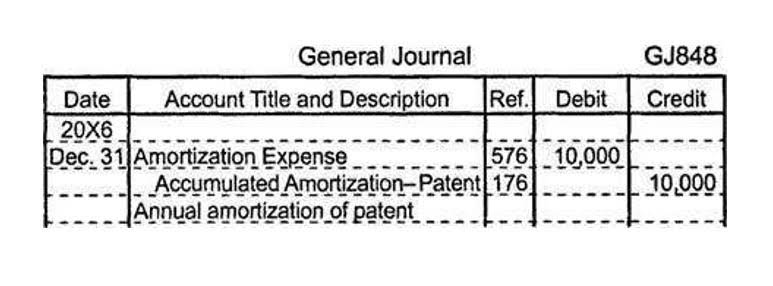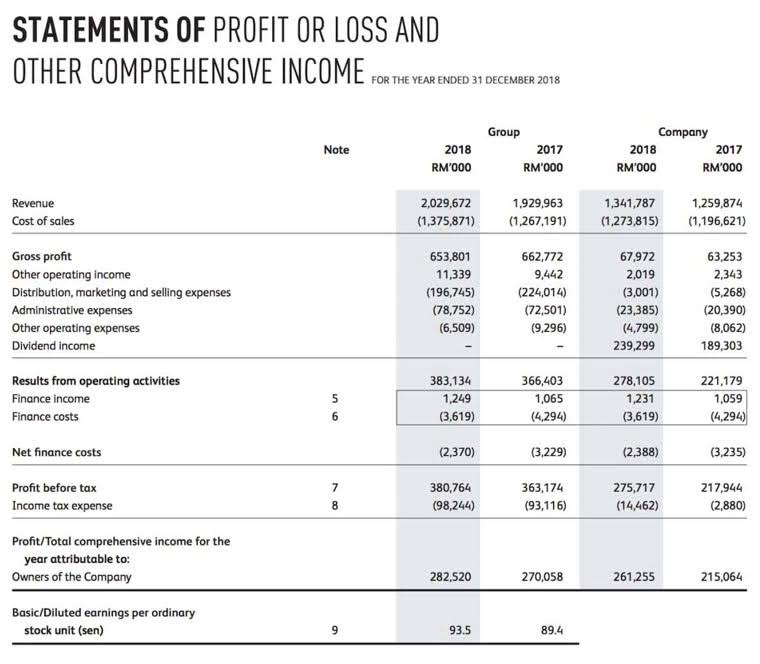
Rather than altering the original cost of the asset, it serves to reduce the asset’s value on the balance sheet, thus representing the asset’s declining value over its useful life. Property, Plant, and Equipment (PP&E) and Accumulated DepreciationAnother key example involves property and equipment. When a business owns assets like machinery, the value of these assets decreases over time. Contra asset accounts like Accumulated Depreciation account for this decrease. Suppose a company purchases machinery for $50,000, which they expect to use over ten years. Each year, they may amortize $5,000, moving it to the Accumulated Depreciation account and reducing the book value of the machinery.
Double Entry Bookkeeping
- Despite their apparent similarities, each has a specific function in financial reporting.
- Any entry made to contra accounts is presented on a company’s balance sheet under the paired account.
- Contra-assets provide stakeholders with a more nuanced understanding of the company’s true financial health by reflecting the deterioration or reduction in value of assets.
- But sometimes, dissimilar transactions are important to consider together within a ledger.
- And why stop at just theory when you can apply what you’ve learned using premium templates?
- To avoid inflating accounts receivable, businesses use the Allowance for Doubtful Accounts (ADA) to estimate the amount they might not collect.
Whether reported as separate lines on the financial report or as a cumulative value, the net amount of the pair of accounts is called the “net book value” of the individual asset. The points below explain the importance of passing a contra account entry. These accounts facilitate auditing and financial analysis by providing a detailed breakdown of adjustments made during a specific accounting period. This information assists auditors, and financial analysts in evaluating a company’s financial performance and risk exposure.
List of Accounts
Rather than being explicitly listed on the balance sheet, it may be included in the net property, plant, and equipment (PP&E)– or net fixed asset– total in the asset section on the balance sheet. The contra equity cash flow account treasury stock is reported right on the balance sheet. Home Depot has repurchased more than $72 billion of stock to date, with around $7 billion coming during this accounting period.
What Are Contra-Assets: Understanding Their Role in Bookkeeping

By adjusting gross asset values, these accounts help present a realistic financial position, aiding investment decisions and credit evaluations. For example, accumulated depreciation offsets the value of fixed assets like machinery or buildings, reflecting wear and tear over time and showing net book value rather than original cost. Similarly, the allowance for doubtful accounts adjusts accounts receivable to reflect estimated uncollectible amounts, offering a realistic view of expected cash inflows. Contra accounts exist when the account reported on the balance sheet needs to be reduced by a different account to show its true value. For example, GAAP accounting (or generally accepted accounting principles) requires fixed assets to be reported at cost on the balance sheet, but, over time, that value depreciates as the assets are used.
Get More From Accounting for Everyone With Weekly Updates
For example, an accumulated depreciation account is used to offset the value of a company’s fixed assets, while a discount on bonds payable account is used to offset the value of a company’s outstanding bonds. Overall, contra accounts are offsetting balances that are the opposite of specific accounts. There are several examples of contra accounts, including accumulated depreciation, accumulated depletion, accumulated amortization, allowance for receivables, etc. These are all examples of contra-asset accounts, which are the prevalent type of contra accounts. In the practice of bookkeeping, contra assets play a fundamental role in presenting a clear picture of a company’s financial health.


Contra accounts are categorized based on the type of account they offset, creating a structured approach to financial adjustments. The hottest retail item of today can be relegated to nostalgia channels on YouTube tomorrow. And when your business still has some of these Accounting for Technology Companies outdated, unwanted, or unusable items in your inventory, you’ll want to offset the lost value of these assets in your general ledger and balance sheet. So rather than adjusting your Inventory account, you would update its contra account — Obsolete Inventory. A contra account is an asset account that is kept at either a negative or zero balance and is used on a balance sheet to offset the positive balance of a paired asset. To put it another way, a contra account is an account listed within a general ledger with the purpose of capturing the reduced value of a paired or related account when the two are added together.
Contra accounts are an indispensable part of accounting, offering a way to fine-tune financial statements without compromising the integrity of original data. Whether it’s tracking depreciation, estimating uncollectible receivables, or recording sales returns, contra accounts ensure that businesses can present a clear and accurate financial picture. Tools like QuickBooks can simplify managing these accounts—learn more about how in our blog post, What is QuickBooks? Contra accounts are integral to financial statements, providing a nuanced view of a company’s financial position. Positioned alongside their related accounts on the balance sheet or income statement, they contra asset account examples reflect adjustments such as depreciation, allowances, or returns.

A contra account is a type of account that is used to offset the balance of another account. A contra account is an entry on the general ledger with a balance contrary to the normal balance for that categorization (i.e. asset, liability, or equity). There is almost always a story behind data; a clarification or historical insight that changes the meaning behind raw figures. In a report, layering on that additional context can be easy, but in a general ledger, you have few options for conveying nuance and subtlety.
How to Calculate Units of Activity or Units of Production Depreciation

Reserve for obsolete inventory is a contra asset account used to write down the inventory account if inventory is considered obsolete. Excess, stored inventory will near the end of its lifespan at some point and, in turn, result in expired or unsellable goods. In this scenario, a write-down is recorded to the reserve for obsolete inventory.
